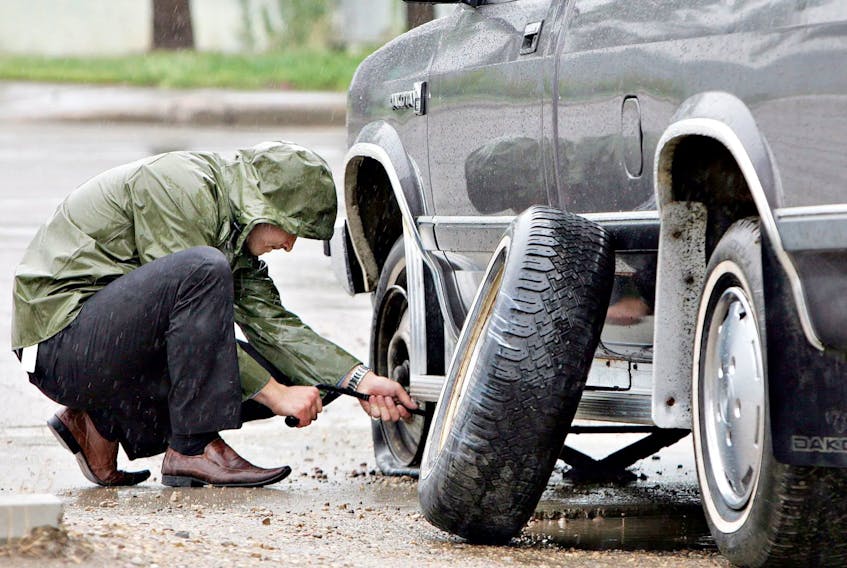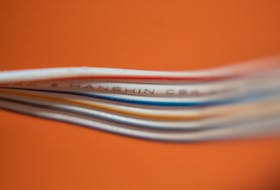By Brian Turner
Let’s face it: No one wants to spend money on replacing a tire when they think it can be cheaply and effectively repaired. This leads to a very common confrontation at the tire retail counter, often with an unsatisfied customer as a result.
For all the advancements in tire design and manufacture, those critical rubber boots on our rides are still prone to road hazards that can leave them in an unserviceable condition.
How do you properly fix tread punctures?
Simple, small punctures in the tire’s tread face can often be repaired successfully, but how they are fixed can be crucial to their continued service life. The use of a rope plug, applied from the outside of an inflated tire, is a common DIY repair but it’s full of risks. Before these types of plugs can be inserted, the hole often has to be enlarged with a rough-edged, rasp-type probe. The problem is that the support cords/wires/belts under the tread can be inadvertently broken, leading to a weakness that may develop into a bulge or a belt shift.
The proper method of repair involves dismounting the tire and installing a correct plug/patch from the inside. This gives the person doing the repair a clear view of the damage and the ability to minimize cord breakage when reaming the hole.
Why can’t tire sidewall punctures be fixed?
Sidewalls do a lot of flexing during their daily travels, and this means their construction isn’t quite as robust as the tread-face. When a proper inner patch is added, this flexing can weaken the air seal between the patch and the inner wall of the tire, causing the leak to continue. And plugs are out, because inserting any type of plug will most likely result in a bulge and/or blow-out.
What other damage can a pothole do?
Impacts that don’t immediately cause an air leak can still be ticking time-bombs. Hit a pothole hard enough, or at the right angle, and you can permanently damage a tire and its rim. Sometimes it can cause a flat — not because of a puncture, but because the rim’s bead edge was bent from the impact. Most damage like this can be repaired on steel or alloy rims at wheel shops, and it’s best to leave this type of job to the pros.
If a rim was hit hard enough to curl its edge, it will likely be severely out of balance and need to be set straight again to avoid a vibration. In cases like these, the tire should be suspect, even though it may appear undamaged. Supporting and underlying cords can be damaged without revealing any surface hints of the trouble below, and often won’t show their weakened state until they’re back on the road at higher speeds. And that’s definitely when you don’t want a flat.









